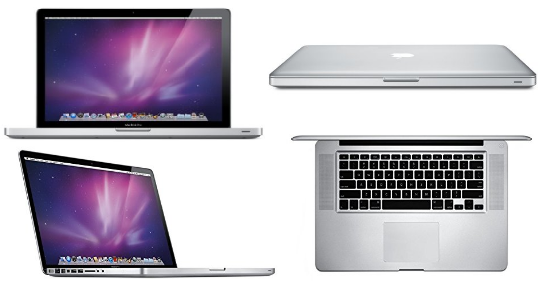

To create a partition on a new drive, complete the following: Note: The following steps create an HFS+ (Mac OS Extended (Journaled)) partition that uses the entire drive space. If you are not prompted to initialize the drive and you cannot find the drive in Finder, you will need to create a partition on the drive. If you are prompted to initialize the drive, click Initialize.

Mac OSX detects a drive that needs to be initialized and automatically prompts you to initialize the drive. The partition uses a file system (for example, HFS+, ex-FAT, NTFS, and so on). A partition defines an area of the drive to use for storing data.

This is not recommended because it takes at least twice the time/download.Before you can access a new or formatted drive in your operating system, you need to initialize it first and then create a partition on the drive. Then - after configuring Lion - you can to upgrade to El Capitan. If you already attached the SSD you can use Internet Recovery Mode (hold cmd R or alt cmd R while booting) to first partition the new internal drive and then restore the original system (10.7 Lion). Quit Disk Utility and install El Capitan.
Partition the SSD with Disk Utility which is included in the installer thumb drive(AFAIR in the menubar -> Utilities): one partition, Mac OS X Extended Journaled and GUID partition table and rename it (e.g. Sometimes this doesn't work on the first attempt. Boot your Mac - you may have to hold the alt/opt and choose the installer thumb drive as boot volume. Shutdown your Mac and replace the hard drive. Sudo /Applications/Install\ OS\ X\ El\ Capitan.app/Contents/Resources/createinstallmedia -volume /Volumes/MyVolume -applicationpath /Applications/Install\ OS\ X\ El\ Capitan.app For detailed usage instructions, make sure that the appropriate Install OS X app is in your Applications folder, then enter one of the following paths in Terminal: #with MyVolume: the name of your USB thumb drive volume Examples of this command are in the next section. Use the createinstallmedia command in Terminal to create the bootable installer. Open the Terminal app, which is in the Utilities folder of your Applications folder. Partition the thumb drive with Disk Utility: one partition, Mac OS X Extended Journaled and GUID partition table and rename it (e.g. You could also use a secondary internal partition. Mount your USB flash drive or other volume. The installer will be in your Applications folder. Quit the installer if it opens automatically after downloading.  Download the OS X installer from the Mac App Store. If your HDD is still mounted you can download El Capitan from the Apple App Store and create a USB installer thumb drive:
Download the OS X installer from the Mac App Store. If your HDD is still mounted you can download El Capitan from the Apple App Store and create a USB installer thumb drive:








 0 kommentar(er)
0 kommentar(er)
